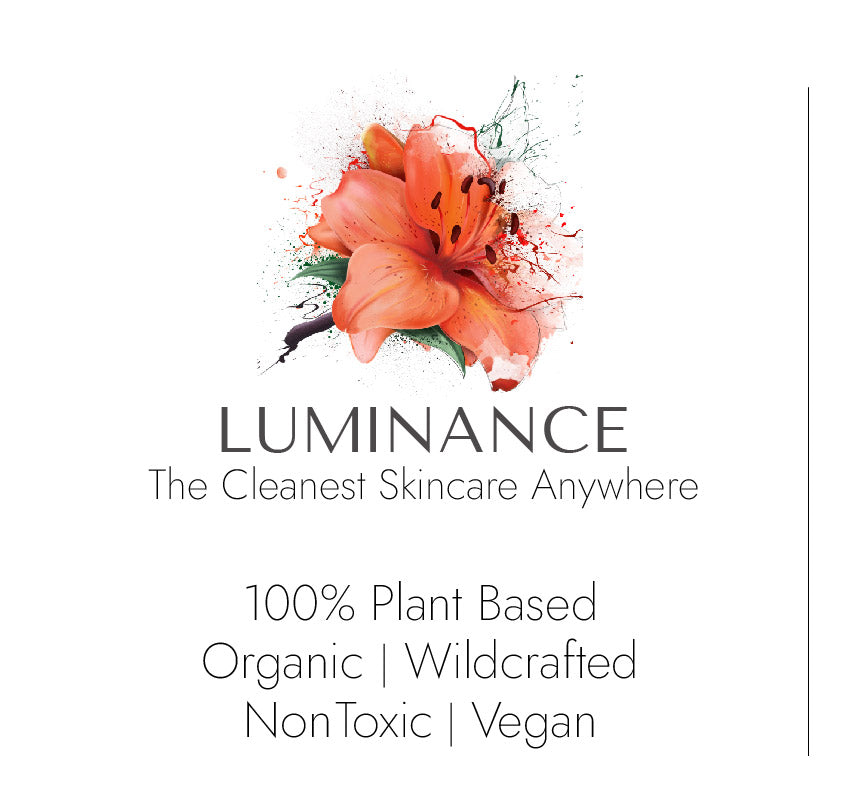Washing our hands is one of those things that comes naturally to us, like breathing and we’re humbled when we learn that there are better techniques than we’re already practicing. In these unprecedented times, knowing and practicing the correct technique to wash our hands effectively—along with using a safe soap—is extremely important. We’re here to guide you through some facts and figures, and to share some expert advice about hand washing.
First and foremost, please wash your hands. If you do not already, this is your sign to start. Aside from that, there are a lot of important questions that simply aren’t asked enough, or that we don’t think about when it comes to washing our hands. Let’s dive in.
What technique should I be using?
It might help to have a routine and cover certain areas in the same order every time you wash your hands to ensure you don’t miss any surface areas.
Ultimately, you should be washing from palm to palm, in between your fingers, the bases of your fingers, under the fingernails, the back of your hands, and even your wrists. The skin on our wrist is often overlooked, though it is exposed to a lot of germs and bacteria.
To begin, first wet your hands before applying soap. Once you’ve wet your hands, apply soap and begin to lather, making sure to cover the entire surface area of your hands up to your wrists. The 20-second duration is key to successfully remove and rinse away germs. Rinse your hands when done and wipe your hands until completely dry.
Try to avoid touching door handles and the like if you’re in public, or you’ll unfortunately be back to square one. If you feel the need to sanitize, you can always apply an alcohol-based hand rub after washing and drying your hands. We advise you to always apply hand lotion or skin butter to freshly washed hands to help protect your skin’s barrier.
How often should I be washing my hands?
Pre-Covid, the standard for washing your hands meant any time after using the restroom, after touching garbage, before and after a meal, whenever handling animals or animal products (meat, for example), after sneezing or coughing, and after caring for someone (this could range from providing care for someone who is ill or changing a diaper). Now, there are additional precautions we need to take. If you wear gloves, it is important to wash your hands after you remove your gloves.
You should also be washing your hands after handling your mask, entering and leaving a public place, and before you touch your face if you’ve touched your phone, car door, or commonly touched surfaces. These surfaces may look clean, but they are often a hot spot for bacteria. If you do not have access to hand soap and water, an alcohol-based hand sanitizer will suffice.
What should I be looking for in a hand soap to know that I am effectively cleaning my hands?
First and foremost, it’s important to understand how soap works. There’s a common misconception that your soap needs to contain a plethora of chemicals to sanitize your hands. That isn’t how soap works. There’s a science behind hand washing, and soap has been around for quite some time before chemicals and antibacterial ingredients were invented. The purpose of soap is to dislodge germs from your hands, which is something that water can’t accomplish alone. The oils in soap attract the germs that have worked their way into your skin’s natural oils and draw them out so that they can be rinsed away with water.
That said, ingredients do matter. Be wary of certain antibacterial soaps, because there are usually a lot of harsh ingredients hiding in them that do more harm than good. Some ingredients are hormone-disrupting neurotoxins, and others strip your hands of its natural oils and impair your skin’s protective barrier. Ingredients to watch out for include triclosan, sulfates, parabens, synthetic fragrances which show up on ingredient lists as “natural fragrances” or “parfum,” and cocamidopropyl betaine. None of these ingredients are necessary for hand soap. In fact, these ingredients are why your hands dry out (that and scalding hot water temperatures). This was part of the inspiration behind our bar soap, the other being the medical community. Healthcare workers wash their hands constantly throughout the day, which can be harsh with traditional hand soaps. There is an issue in this community of severe skin cracking as a function of their frequent hand washing that we wanted to address and offer a safe solution for.
As a special accommodation, we developed our foaming hand soap. This hand soap has been PH adjusted slightly lower to be more “hand-friendly.” We wanted to deliver an effective yet nourishing soap where people could wash their hands as often as they need to and not suffer dry or cracked hands. While our hand soap was engineered for the medical community, it’s beneficial for everyone. These days, we’re washing our hands nearly as often as they are, so it’s important to have a safe soap to rely on.
Does water temperature matter?
In short, no it does not. Recent studies have shown that you do not need scalding hot water to clean your hands. Lukewarm or cold water is perfectly fine and will not compromise your end goal of washing away germs, so long as you don’t miss any surface areas and lather for the recommended duration of 20 seconds.
We hope that you found this informative and perhaps learned something new. Stay safe and healthy, friends!




